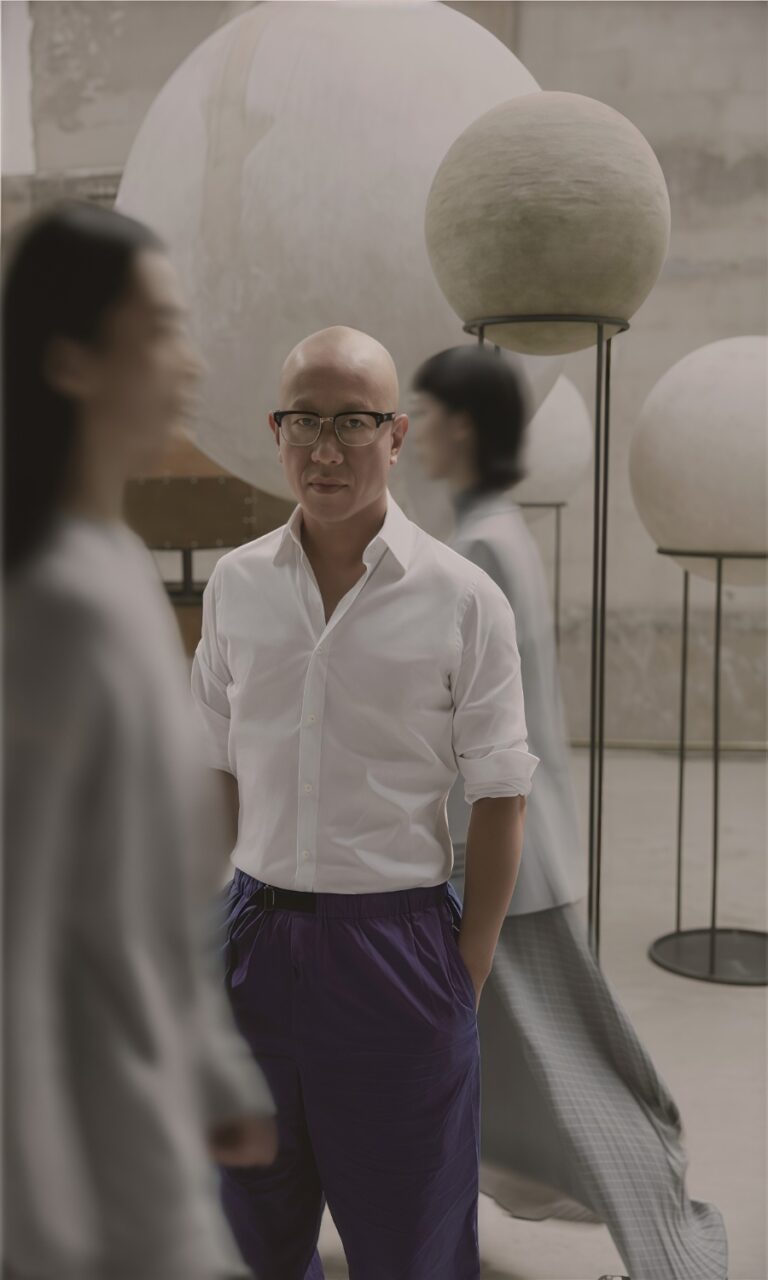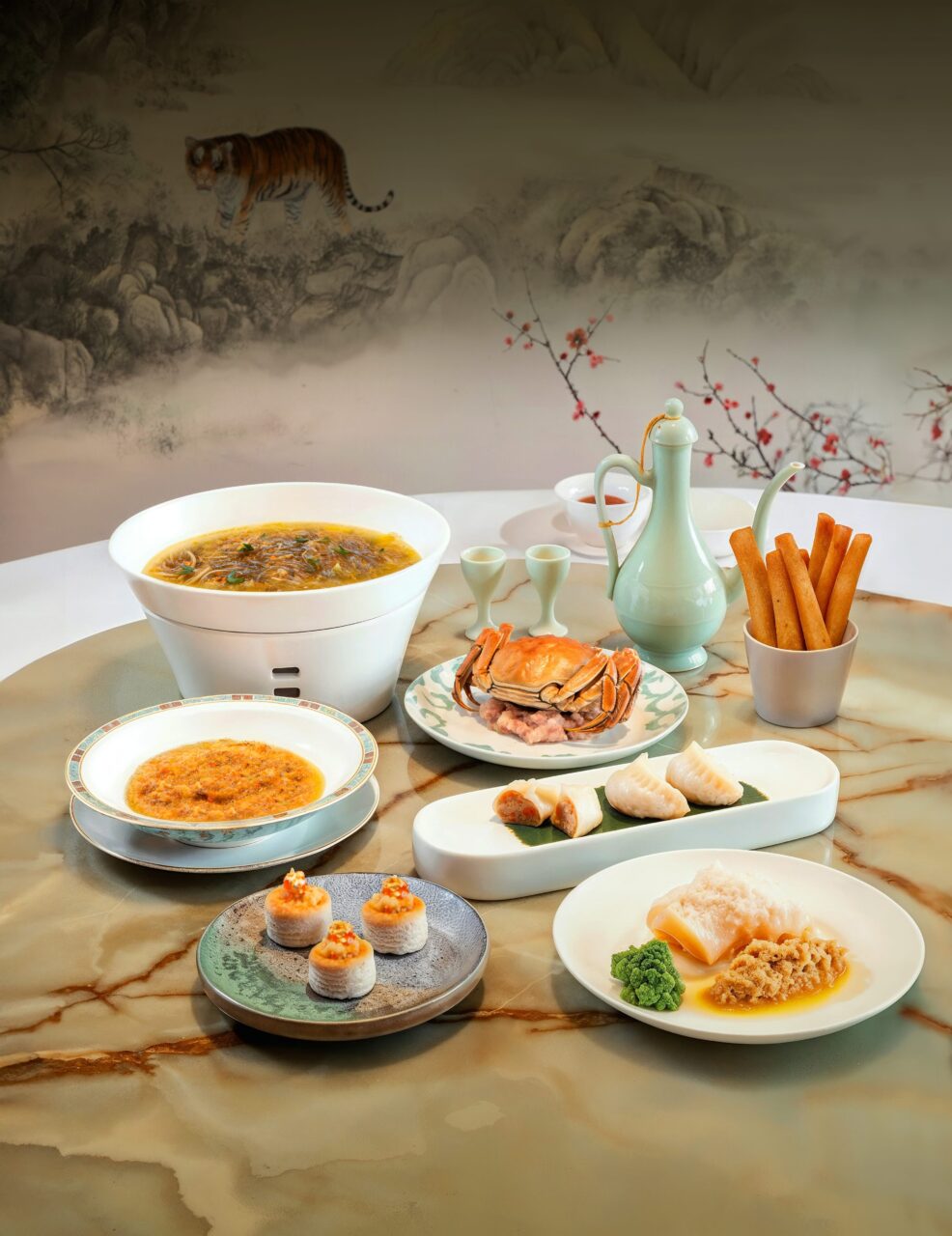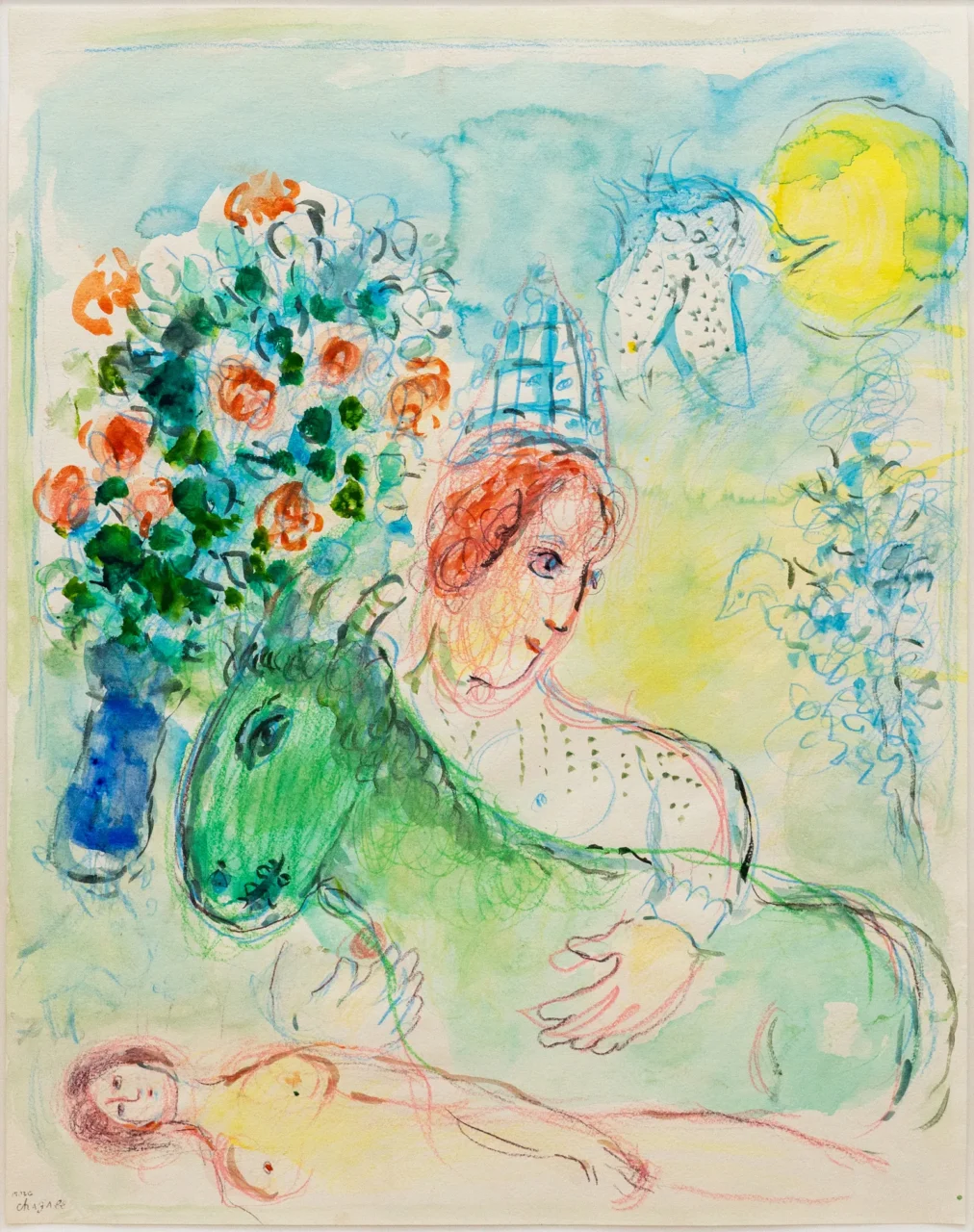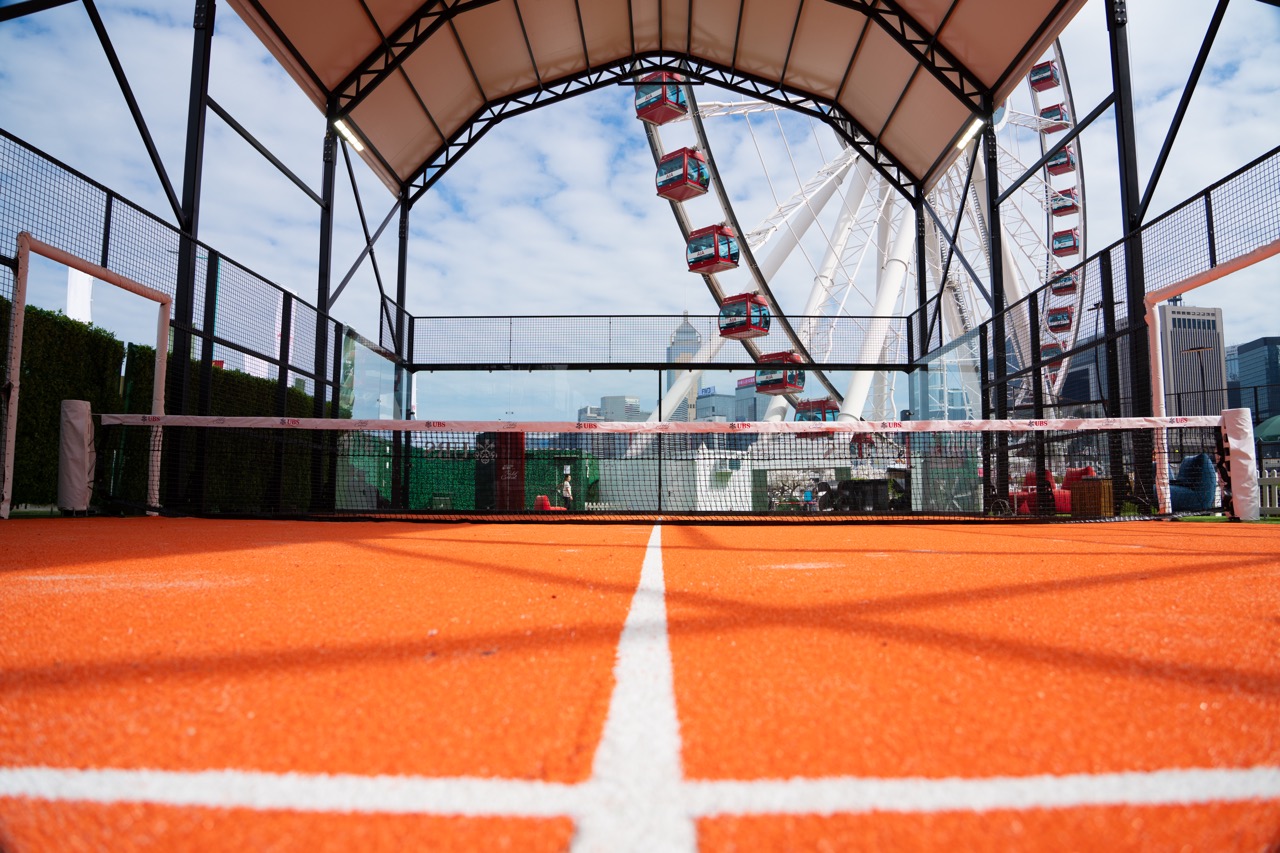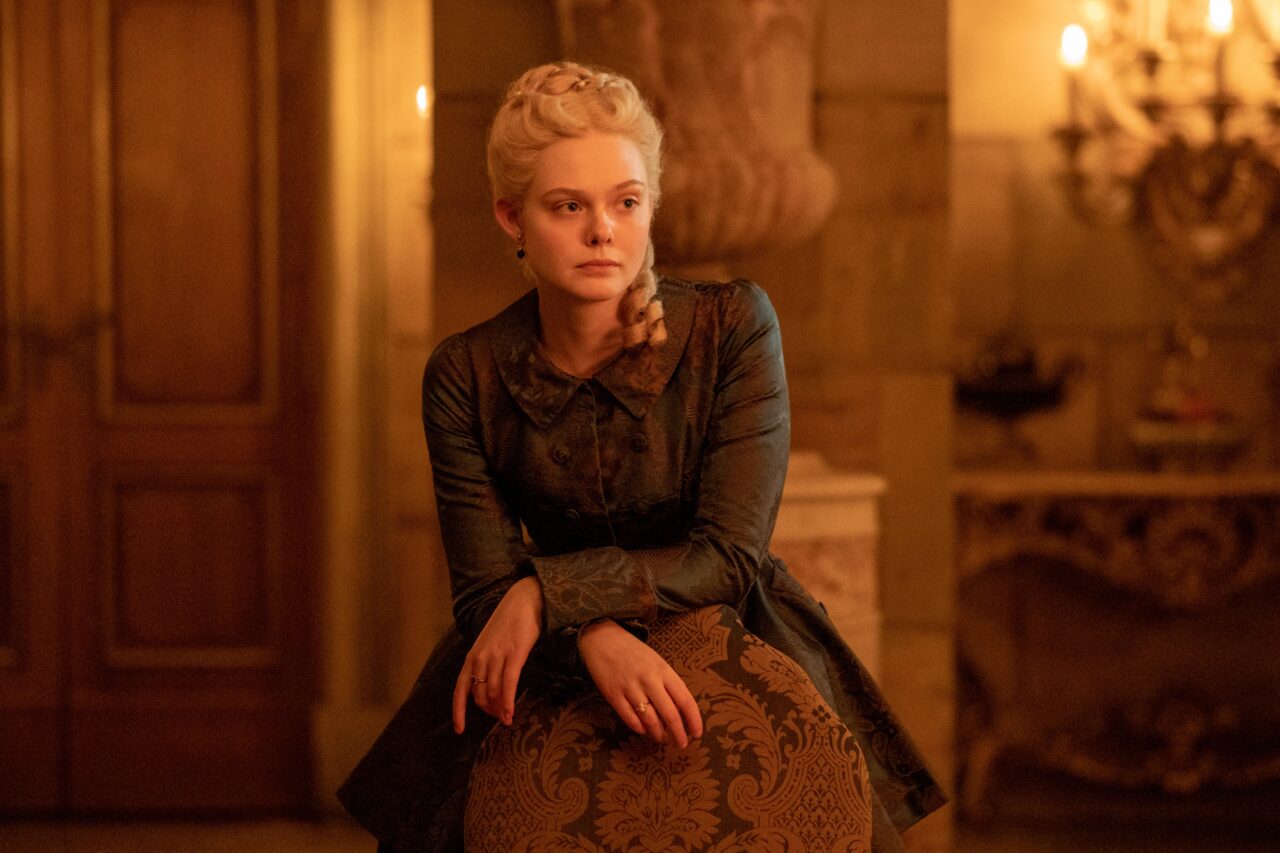At Karl Lagerfeld’s bookshop in Paris, The Metropolitan Museum of Art (The Met) announced Liu Wei as the Genesis Facade Commission Artist for 2026. 4 site-specific sculptures by the artist will be erected in the niches of The Met’s Fifth Avenue facade, which will be revealed to the public in fall 2026.
Liu Wei is a key figure of the post-1989 generation of artists who emerged after China’s period of rapid transformation, seeking to define “conceptual art” on their own terms. In the past two decades, Liu has been honoured with solo exhibitions and historic group exhibitions worldwide, including the 2019 Venice Biennale. This marks the artist’s first major presentation in the United States.
Born in 1972, Liu attained his BFA in oil painting from the China Academy of Art, Hangzhou. In 1999, he joined a group of young artists in the influential “Post-Sense Sensibility: Alien Bodies and Delusion” exhibition, which steered art towards reflections on daily life. His expansive oeuvre responds to and challenges the realities of the times. Apart from photography, painting, and video, Liu is best known for his monumental, evocative sculptural installations.
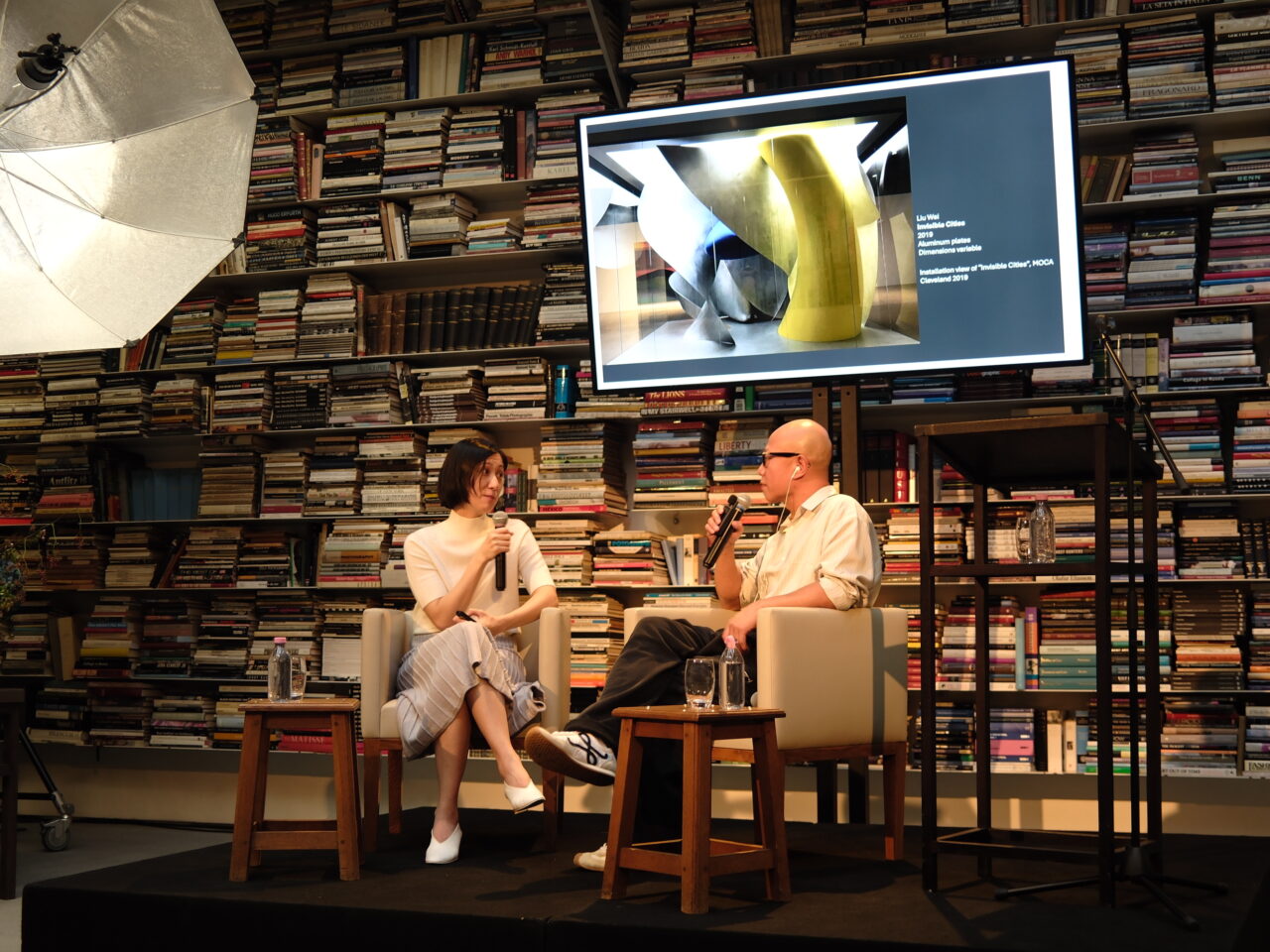
Curator Lesley Ma and artist Liu Wei at Librairie 7L in Paris during the press breakfast announcing The Genesis Facade Commission for 2026
Photo: Karrie Lam
Liu’s project for The Met’s Fifth Avenue facade will be the seventh in a series of commissions for the historic exterior, and it is the third under the multiyear partnership with Genesis to support the annual contemporary art commission. Artists of previous years include Jeffrey Gibson, Lee Bul, and Nairy Baghramian.
Lesley Ma, previously the founding Curator of Ink Art at M+ in Hong Kong, is the curator of the project and the Ming Chu Hsu and Daniel Xu Curator in the Department of Modern and Contemporary Art at The Met.
“Lesley Ma started interrogating the site, as well as some of the ideas that he had,” The Met’s CEO and Director, Max Hollein, shared with us before the press conference. “And so on the one hand, we want to foster really bold ambition, and a way of giving the artist as much freedom as possible. On the other hand, it is not a white cube gallery, right? It has its idiosyncrasies. You have a neoclastistic facade around it.”
“The objects are out there in the elements—it rains, it snows,” Hollein continues. “You have millions of people walking by. So there are certain, I would say, restrictions of what you can do, and also there’s an aesthetic, as well as a practical environment, that you have to respond to. And I think that kind of creates challenges, but really also, for a lot of artists, opportunities.”
This project is part of The Met’s expanding Modern and Contemporary Art department, which will welcome a new wing, the Tang Wing, in 2030 for art from 1890 to today.
Ahead of the conference, Liu sat down with us to share his ideas and expectations on this project.
In less than a year, you’ll be debuting your first major project in the United States. What are your own ambitions for this project?
Art is a thing of surprise; it should bring something surprising. If there’s no surprise, then I don’t think it’s worth doing.
What does it mean to you to work with a museum and one in America?
To be able to greet the audience and dialogue with past artworks in a place like The Met…To me, as an artist, I find myself so lucky first and foremost, and it’s also a very challenging feat.
The curator, Lesley Ma, shared that you will be addressing “conflicts” and “contradictions” through your works. Could you elaborate on these “conflicts” and “contradictions”?
Actually, conflicts and contradictions are part of what art should convey. Art isn’t solely there to convey what’s ‘good’. A lot of the time, art invites us to think of society through a critical lens, reflecting the problems faced by us, ordinary people.
In 2018, you shared that you work closely with your assistants in the studio. Sometimes you simply give them a direction and an idea, and they have the freedom to create whatever they want. Is that also going to be the case for this work? What kind of direction will you be giving them?
Perhaps more or less. I’m not seeking a finished product during my creative process. Rather, the artwork is constantly changing and being adjusted. We have a starting point, it gets ground down by time, and the destination is uncertain. So, perhaps it’ll proceed somewhat like that.
The Genesis Facade Commission: Liu Wei will be on view from September 17, 2026, through June 8, 2027.
